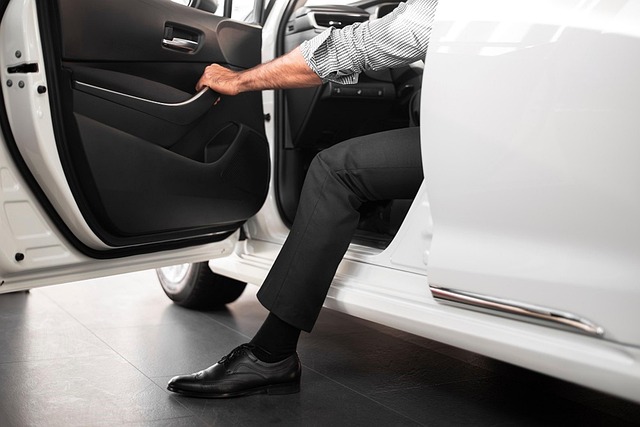Commercial Car Insurance: Coverage Guide for Business Vehicles
Commercial car insurance covers vehicles used for business purposes, from single-owner contractors to fleets for larger companies. This article explains who needs commercial vehicle coverage, typical policy components, underwriting factors that affect premiums, and practical steps for managing claims and working with local services. The goal is to clarify how commercial insurance differs from personal car insurance and help business owners choose appropriate protection for their vehicles and liability exposures.

What is commercial car insurance and how does it differ from personal insurance?
Commercial car insurance is a policy designed for vehicles used primarily for business tasks, such as delivering goods, transporting clients, or traveling between job sites. Unlike personal insurance, commercial policies are tailored to higher liability limits, different covered uses, and risks tied to commercial operations. They often include broader liability, hired and non-owned vehicle coverage, and options for tools or cargo. Choosing commercial rather than personal coverage prevents coverage gaps that can arise when a vehicle is regularly used for business purposes.
Who needs commercial vehicle insurance for business operations?
Businesses that use vehicles in daily operations typically need commercial vehicle insurance. This includes tradespeople who carry tools, companies with delivery drivers, real estate agents who transport clients, and firms operating passenger shuttles. Sole proprietors who use a personal vehicle for client appointments or deliveries may also require commercial coverage. Insurance requirements vary by jurisdiction and may depend on vehicle type, weight, and how frequently the vehicle is used for revenue-generating tasks.
What does commercial car insurance typically cover?
Commercial policies commonly include liability for bodily injury and property damage, collision and comprehensive coverage for the vehicle itself, and coverage for medical payments or personal injury protection where available. Additional options can include uninsured/underinsured motorist coverage, hired and non-owned auto coverage (for rented or employee-owned vehicles used for business), and coverage for tools, equipment, or cargo. Policy limits and specific coverages should match the business’s exposure and any contract or regulatory requirements.
How are commercial car insurance premiums determined?
Insurers assess premiums using factors such as vehicle type and value, driving records of listed drivers, frequency and type of business use, annual mileage, safety features, and geographic risk (accident and theft rates). Fleet size and claims history also influence rates. Commercial policies may include higher deductibles or tailored endorsements that change premium costs. Risk management practices—driver training, vehicle maintenance, telematics—can reduce premiums over time by lowering claim frequency and severity.
How to manage claims and find local services for commercial insurance
When a commercial vehicle incident occurs, document the scene, exchange information, and notify your insurer promptly. Maintain records of vehicle maintenance, driver logs, and job assignments to support claims. For repairs and towing, identify reputable local services with experience handling commercial vehicles and direct billing arrangements with insurers if possible. Businesses should also check for rental or replacement vehicle provisions within policies to reduce operational disruption while claims are settled.
Conclusion
Commercial car insurance is a distinct form of coverage that addresses the unique risks of using vehicles for business purposes. Understanding policy components, who needs coverage, how premiums are set, and the practical steps to manage claims helps business owners align insurance with operational needs and legal requirements. Regularly reviewing policies, documenting business use, and implementing driver-safety practices can improve protection and reduce long-term costs.






